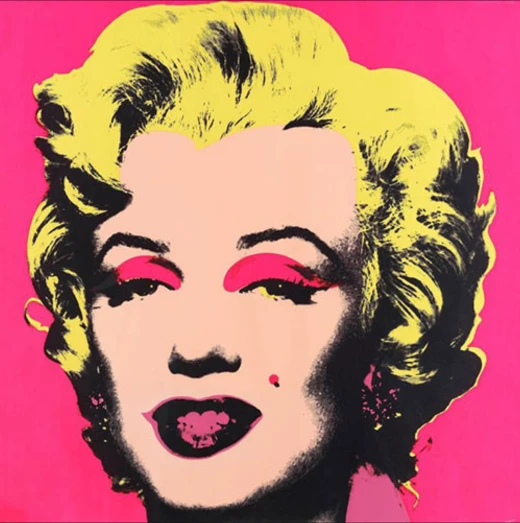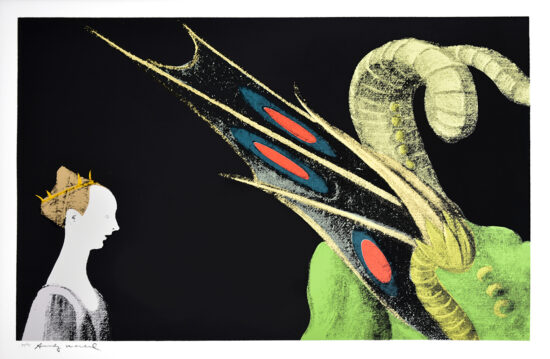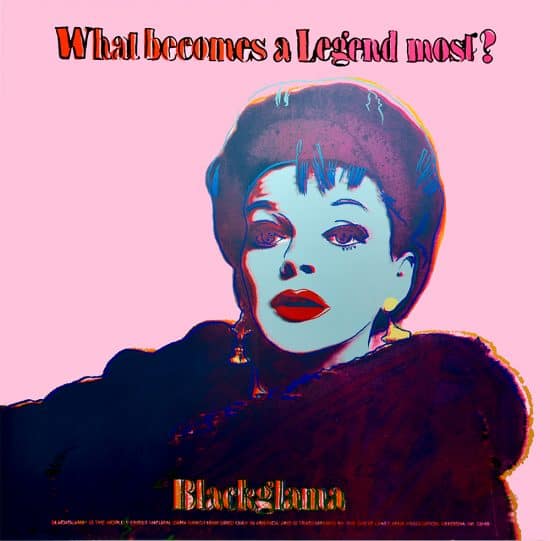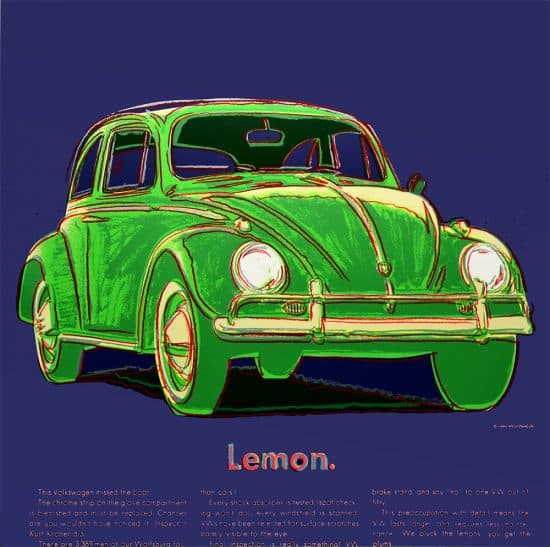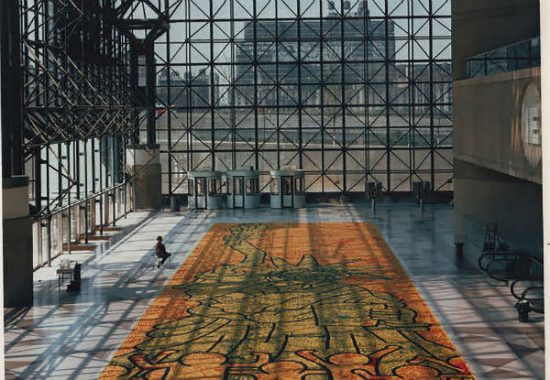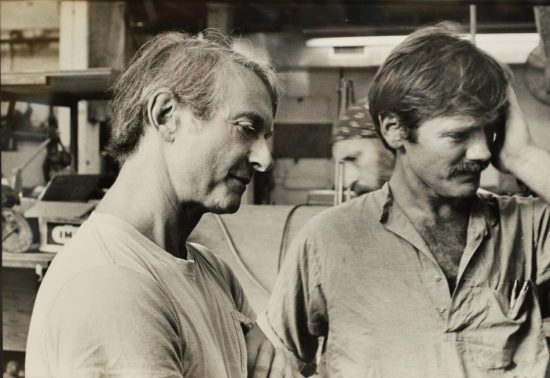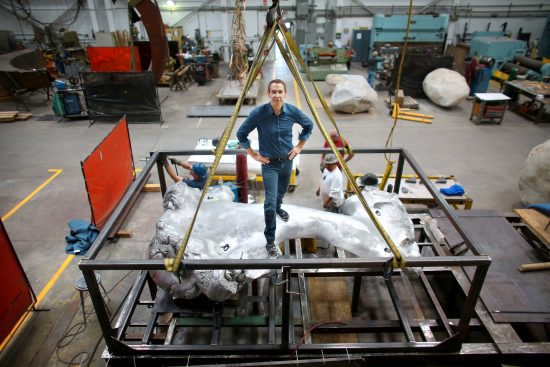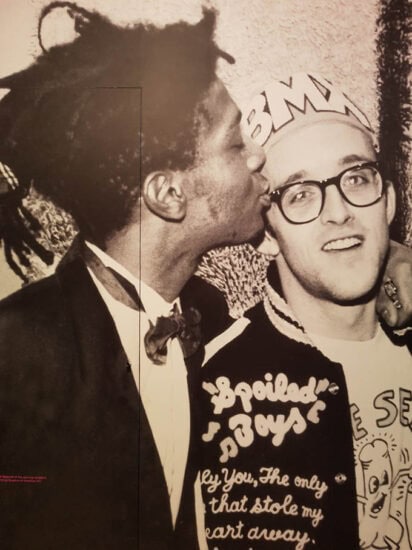Andy Warhol and Jean-Michel Basquiat were two of the most influential artists of the 20th century. They both came from different backgrounds and had different styles of art, but their collaboration was one of the most important artistic partnerships of the 1980s. Warhol, a pioneer of the Pop Art movement, was known for his colorful, mass-produced works, while Basquiat was a rising star in the Neo-Expressionist movement, known for his raw, graffiti-inspired paintings.
Their collaboration began in the early 1980s, when Warhol was already an established artist and Basquiat was just starting to gain recognition. They met at a gallery show in New York and soon became friends, bonding over their shared love of art, music, and nightlife. Warhol saw something special in Basquiat's work and invited him to collaborate on a series of paintings.
The first collaboration between the two artists was a series of paintings called "Olympic Rings", created in 1985. The series was inspired by the 1984 Summer Olympics in Los Angeles, and featured a series of large-scale paintings with images of athletes and the Olympic rings. The paintings were a mix of Warhol's signature style, with bright, bold colors and graphic designs, and Basquiat's raw, emotional paintings, with bold strokes and scribbled text.
Their collaboration continued with a series of paintings called "Ten Punching Bags", which featured ten black leather punching bags that were painted with various designs and images. Each bag was unique, with different images and styles, but all were infused with the energy and passion of both artists.
Their final collaboration was a series of works called "Warhol-Basquiat", which featured large-scale paintings that combined Warhol's iconic imagery with Basquiat's signature style. The paintings featured Warhol's familiar images of Marilyn Monroe, Elvis Presley, and Campbell's Soup cans, but with Basquiat's scribbled text and bold brushstrokes layered on top.
The collaboration between Warhol and Basquiat was groundbreaking for several reasons. It brought together two of the most important artists of the 20th century, who had different styles and backgrounds but shared a love of art and creativity. Their work challenged traditional ideas about art, breaking down the boundaries between high and low culture and merging the worlds of Pop Art and Neo-Expressionism.
Their collaboration was also significant because it represented a cultural moment in New York City in the 1980s. It was a time of artistic experimentation, where artists of different backgrounds and styles came together to create new forms of art and expression. Warhol and Basquiat were at the forefront of this movement, and their collaboration helped to define the era.
Despite their differences in style and approach, Warhol and Basquiat were able to create works that were both beautiful and meaningful. Their collaboration pushed the boundaries of what was possible in art, and their legacy continues to inspire artists today.

